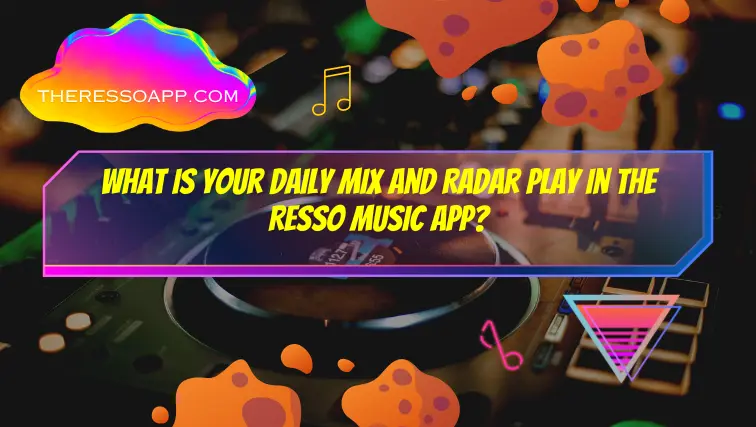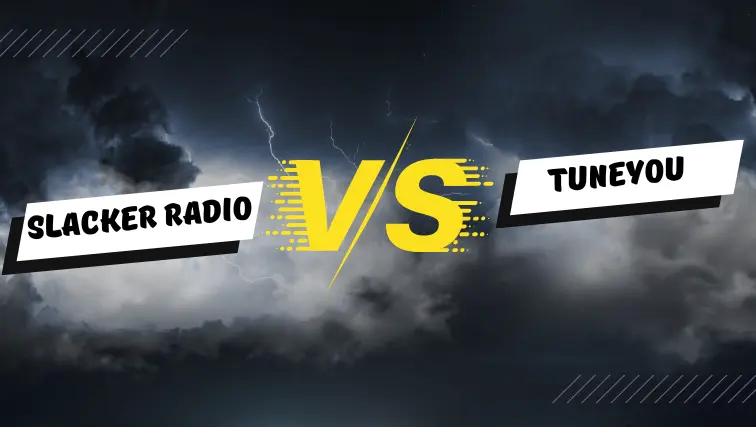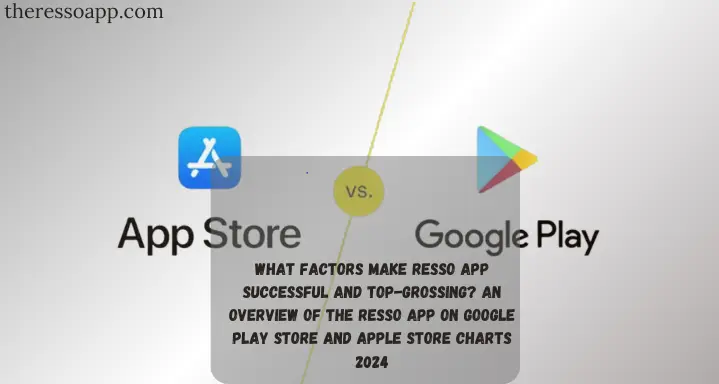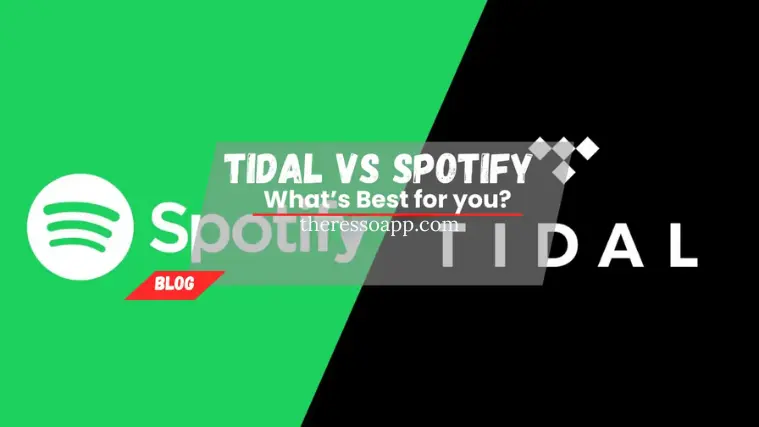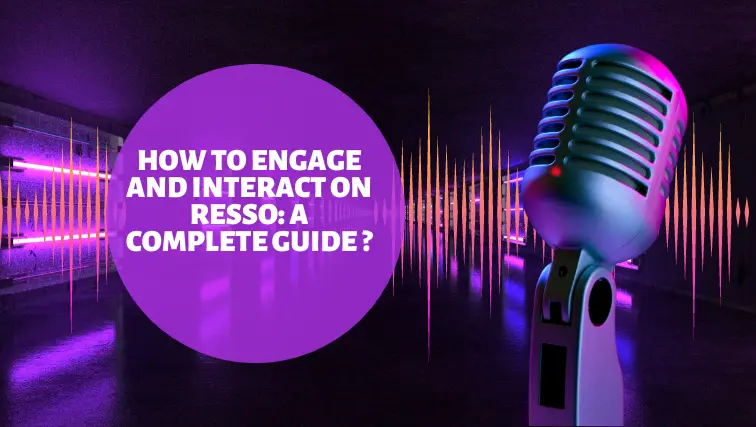YouTube Music VS Amazon Music: Who is the Best Service in 2024?
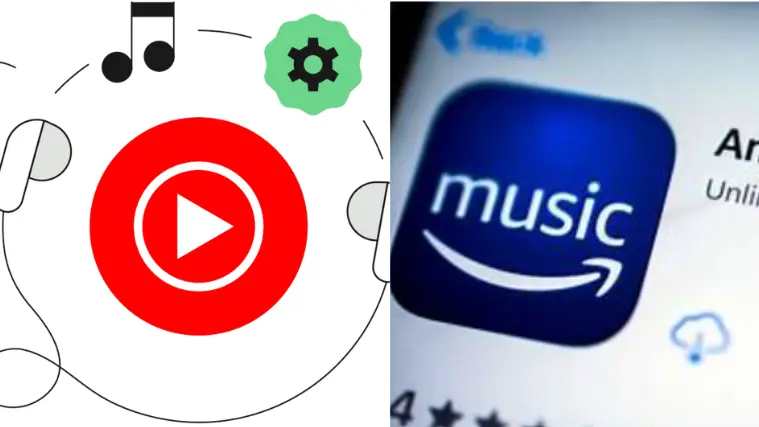
Music nourishes the soul, and a good music streaming service can bring peace to your life. Music streaming services are growing very fast, and many new services are coming to provide a great music experience. There are lots of options for users, it’s hard to decide what makes one service different and which one is better. YouTube Music and Amazon Music are also excelling in the competitive music market.
But who is the best between the two competitive music services? Is it your main concern? If you are interested in knowing about their features, benefits, and shortcomings, and if your answer is yes, then this article will be very helpful to you.
YouTube Music and Amazon Music just entered the streaming market and are starting to dominate. I am here to provide you with all the necessary keys and help you get the most out of these two streaming services. I make a comprehensive comparison of YouTube music vs Amazon music. Let’s scroll down to see who will win this battle.

YouTube Music VS Amazon Music: Features Compared
Let’s lay out the main differences first.
| Features | Amazon Music | YouTube Music |
| Music Library Size | 100 Million Songs | 100 Million Songs |
| Available Region | Over 40 countries | Over 90 countries |
| Smart Assistant | Alexa | NO |
Supported Devices | iOS, Android, Windows, Mac, Web, Smart Speakers, and Smart TVs | iOS, Android, Windows, Mac, Web, Smart Speakers, Smart TVs, and Wearable Devices |
| Pricing | Amazon Music Prime: $14.99/monthAmazon Music Unlimited: $9.99/month | YouTube Music Prime: $10.99/month |
| Sound Quality | Up to 24-bit, 192 kHz | Up to 256 kbps |
This chart compares YouTube Music and Amazon Music’s key features, helping you select the service that may be the most suitable for your requirements.
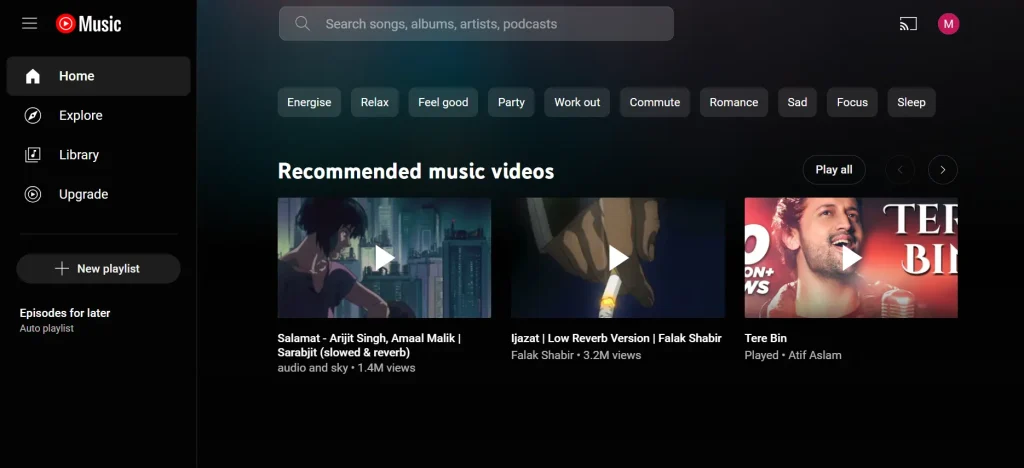
What makes YouTube Music and Amazon Music stand out, and who holds the dominance?
To get these answers, we will first discover their origins.
Origin of Amazon Music
Amazon Music debuted on September 25, 2007, with Amazon MP3. At first, it was a music download company, and users could purchase and download MP3 files. Amazon Music grew and changed in the competitive digital music industry, with options for high-quality audio and cutting-edge features in its main MP3 store.
Today, Amazon Music serves millions of consumers worldwide, constantly expanding its catalog and improving the user experience.
Origin of YouTube Music
On the other hand, YouTube created some excitement in 2014 with Music Key. After changing its brand name from Music Key to Google Play in 2020, YouTube again adopted the YouTube Music name. Over 80 million people use YouTube Music, and these name and identity changes haven’t stopped the company from expanding into almost 100 countries.
YouTube has fewer users than Amazon Music, but it is available in almost two times as many countries.
Comparing Features YouTube Music VS Amazon Music
Let’s start comparing the two music titans.
YouTube Music VS Amazon Music: Pricing
Pricing is the main factor that separates the two titans. It is the first thing that users think of when selecting services.
| Pricing Plan | YouTube Music | Amazon Music |
| Free Plan | N/A | N/A |
| Individual Plan | $10.99 per month | $9.99 per month (Prime customers) and $10.99 per month (Non-Prime customers) |
| Family Plan | $16.99 per month | $16.99 per month |
Student Plan | $5.49 per month | Amazon Music Prime is $7.49 per month Amazon Music Unlimited $5.99 per month |
| Single Device | N/A | $5.99 per month (only on echo devices) |
Both streaming services provide different subscription plans to meet the requirements of users. You can choose any plan from any service, depending on your budget.
YouTube Music VS Amazon Music: Large Music Library
After pricing, the user’s next consideration is the music library. Users purchase music services to fulfill their music needs, so after seeing the prices, they think about how many songs they can get. So, let’s look at who is winning in this category.
Amazon Music
- Its Music Library contains over 100 million songs from various artists and genres.
- It consists of an expanding library of podcasts.
- It contains a few albums and tracks that are only available here. These are frequently connected to Amazon Originals and particular artist collaborations.
- Amazon’s music specialists create playlists that suit various occasions, pastimes, and musical tastes.
- Algorithms make personalized recommendations.
YouTube Music
- It provides over 100 million songs and a wide range of user content.
- It provides unique music videos, like remixes and covers.
- It allows you to smoothly switch between music videos and audio tracks based on its catalog.
- It provides the chance to curate playlists, artist radio stations, and personalized music that matches your musical tastes.
The two platforms offer about the same number of songs. Amazon Music is suitable for those who just want to immerse themselves in diverse music. YouTube Music provides you with different music-related videos. If you are looking for a multimedia experience, you should go with YouTube.
YouTube Music VS Amazon Music: Audio Quality
The third most important aspect of selecting a music streaming service is its audio quality. Users are always concerned about the sound quality of songs, so it is crucial to consider this category.
Amazon Music
- No doubt, Amazon is the best-endowed player in the music market.
- It provides different tiers of music quality, such as standard, high, and ultra HD quality, for HD subscribers.
- You can download music up to 320 kbps if you have an Amazon Prime account. If you are an audiophile, you should use the Unlimited plan, which allows you to download music tracks in High-Definition and Ultra-High-Definition.
- It also has Dolby Atmos and 360 audio.
YouTube Music
- It also offers multiple tiers of music quality for its users, such as low, normal, high, and consistently high.
- Its default quality starts from 128 kbps to 192 kbps for playback audio-only.
- Its premium subscription is “YouTube Music Premium,” which gives higher-quality audio up to 256 kbps AAC.
- It does not support high-res audio files.
| Music Streaming Services | Maximum Quality | Supported Formats |
| Amazon Music | 24-bit/192kHz | FLAC |
| YouTube Music | 256 kbps | AAC |
However, Amazon Music provides better sound quality than YouTube Music. If you consider audio quality essential when picking a music streaming platform, you should choose Amazon Music.

YouTube Music VS Amazon Music: Interface & User Experience
Interface is also an essential category when selecting a service. A clear and straightforward interface attracts more than a complex interface. Let’s continue the comparison game.
Amazon Music
It has a straightforward interface that strongly emphasizes helping users discover new music. On the right side, you can easily find and create your playlist. As far as the user experience is concerned, the mobile app is user-friendly, but the desktop version lacks aesthetic appeal.
YouTube Music
It has a simple, user-friendly design that emphasizes personalized recommendations. You can find recently played music and recommended playlists. The prominent search function lets you quickly find specific songs, artists, or albums.
YouTube Music VS Amazon Music: Supported Devices
Amazon Music
Amazon Music is available on web players and official iOS, Android, Windows, Mac, and some smart TV apps. It integrates well with Amazon devices like Echo, Fire TV, and Fire Tablet and supports Android Auto for in-car listening.
YouTube Music
YouTube Music offers a web player and apps for mobile devices and computers. It works with many speakers, including Google Nest devices, and can be cast via Chromecast. Streaming YouTube music from wearable devices is also easy.
YouTube Music VS Amazon Music: Usability, Bugs, and Compatibility
Amazon Music
- More polished platform with wider accessibility, including a PC app and Android Auto.
- Not available on Google Assistant.
- Performs better with Chromecast than YouTube Music.
- Offers 256 kbps audio quality.
- Slightly better support for lyrics than YouTube Music
YouTube Music
- Not available on Amazon Alexa.
- Recently updated audio quality controls to 256 kbps AAC, which uses less data.
- Long association with Google Assistant but less effective with Chromecast than Amazon Music.
- Offers similar audio quality at 256 kbps.
Pros and Cons of YouTube Music and Amazon Music
Amazon Music
| Pros | Cons |
| Its Alexa integration enables hands-free control using voice commands. | Its free users have restricted access and limited song skips. |
| It provides early access to new and exclusive music. | Its premium features are reserved for Amazon Prime subscribers. |
| Amazon Prime members enjoy ad-free listening. | It offers fewer user-made playlists compared to YouTube Music. |
YouTube Music
| Pros | Cons |
| It offers a wide range of songs and music videos. | Its free users encounter ads during listening sessions. |
| It engages users with playlists and content made by other users. | It offers offline downloads that are restricted to premium subscribers. |
| It offers an easy switch between music videos and audio. | Background video playback may be limited. |
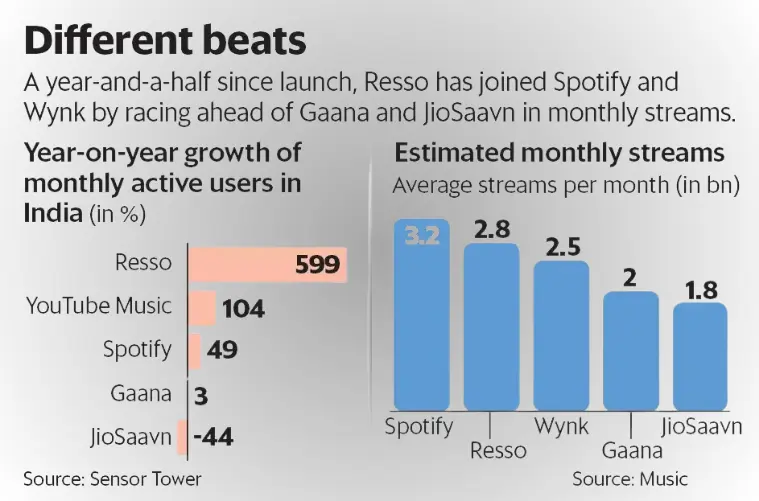
FAQs
Is a subscription required to access YouTube Music?
It is possible to get a free version with advertisements and a premium subscription that offers offline listening in addition to ad removal.
Is Amazon Music similar to Amazon Music Unlimited?
Amazon Music Unlimited has a more extensive music catalog than the standard Amazon Music plan.
Can I use another device to access Amazon Music?
Indeed, various gadgets, including tablets, smart speakers, and smartphones, are compatible with Amazon Music.
Does Amazon Music offer any unique releases or content?
Yes, Amazon Music offers the newest and finest music to its customers.
Is it possible to use YouTube Music or Amazon Music on multiple devices at once?
You can simultaneously use YouTube Music and Amazon Music on a single device. Installing their respective apps on your device allows you to access the vast music catalogs of both platforms.
Conclusion
In the battle of YouTube Music VS Amazon Music, there is no clear winner because each has its own advantages. Its most vital points are the user-generated content and integrated multimedia experience of YouTube Music. In contrast, Amazon Music’s extensive collection and excellent sound quality are its most potent qualities. Individual preferences and device compatibility requirements determine the best option.

